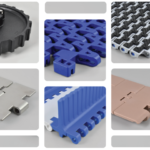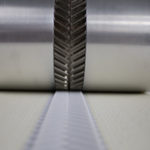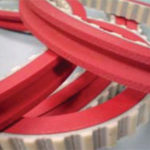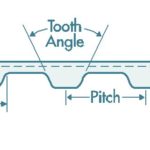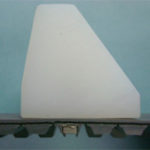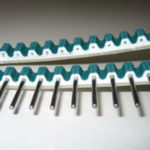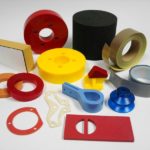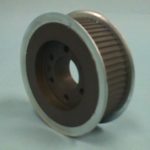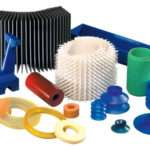Globax news
Blog
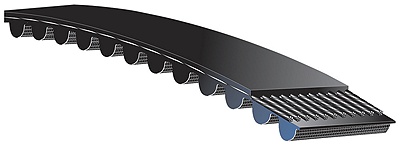
F.N. Sheppard: Deciphering Synchronous Belt Materials Urethane vs. Neoprene
In the realm of linear motion applications, where precision is paramount, the choice of synchronous belt materials can significantly impact performance. Synchronous belts, often used in applications like general transport conveyors and high-speed gantry positioning, are available in a variety of materials to suit diverse needs. Among the most common materials are neoprene and polyurethane, each with its distinct characteristics. In this discussion, we delve into the differences between these two materials.
Neoprene, also known as polychloroprene or chloroprene rubber, is frequently chosen for its remarkable fatigue resistance. Neoprene belts typically feature a nylon covering on the toothed side, enhancing the shear strength of the neoprene teeth and improving abrasion resistance against pulleys. Despite these advantages, neoprene belts tend to exhibit higher abrasion compared to their polyurethane counterparts. However, where noise reduction and water exposure tolerance are critical, neoprene shines. It produces less noise than polyurethane and has a lower tendency to swell when exposed to water, although it may degrade somewhat faster over time.
On the other hand, polyurethane (PUR or PU) synchronous belts are prized for their exceptional stiffness and dimensional stability. These attributes make them a preferred choice for applications requiring precise registration or positioning. The teeth of polyurethane belts are resistant to deflection, resulting in a reduced tendency to ratchet. Furthermore, polyurethane materials demonstrate superior resistance to chemicals, including certain acids and alkalis, and they offer excellent abrasion resistance. This makes them an ideal choice in environments where avoiding particulate contamination is essential, such as clean rooms.
To make an informed choice between neoprene and polyurethane synchronous belt materials, it’s crucial to consider the specific requirements of your application. This valuable insight into the world of synchronous belt materials to assist you in selecting the optimal solution for your unique needs.
For more information on F.N. Sheppard’s expertise and offerings, click here.
Photo and article with all rights reserved, courtesy of linearmotiontips.com
